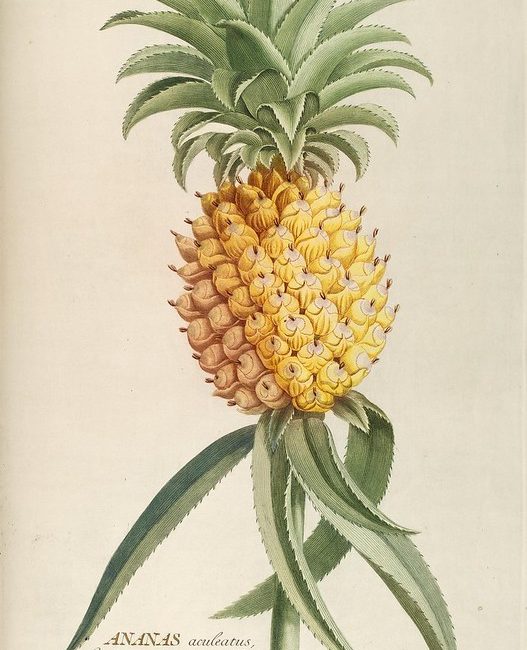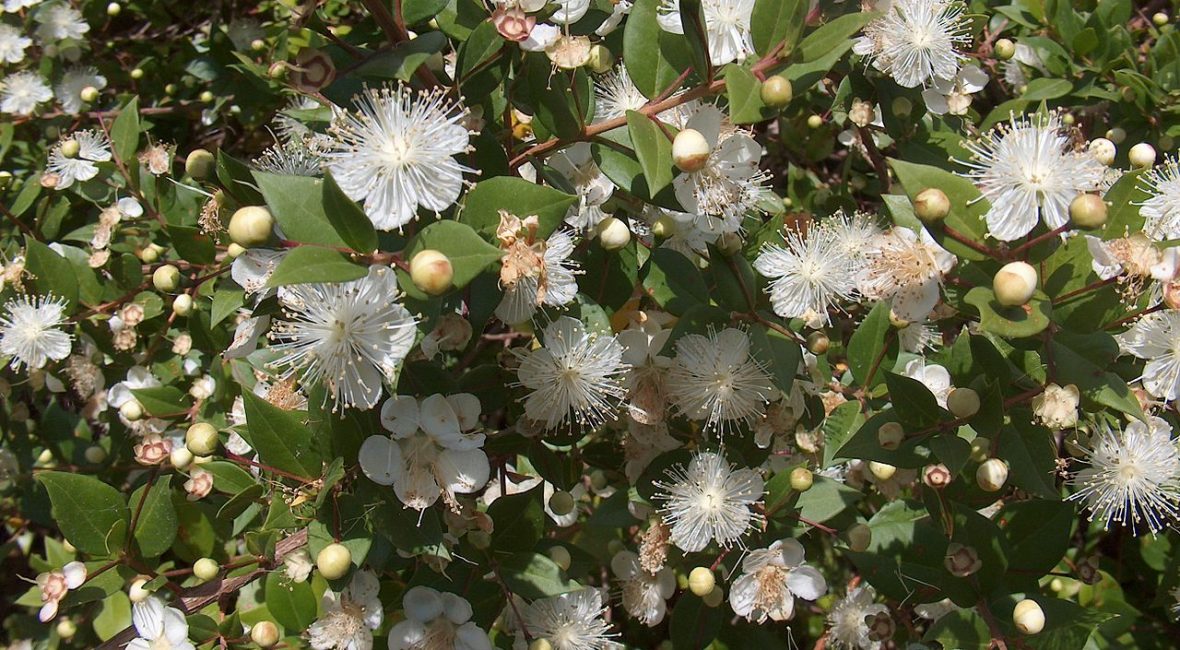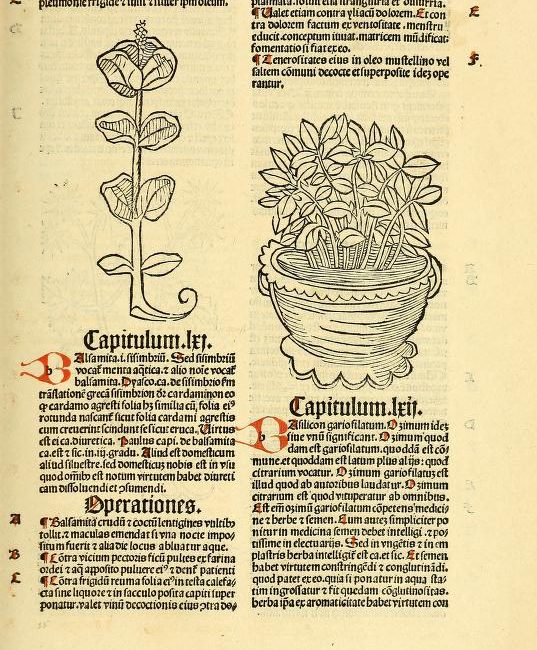The pineapple, indigenous to South America and domesticated and harvested there for centuries, was a late comer to Europe. The fruit followed in its cultivation behind the tomato, corn, potato, and other New World imports. Delicious but challenging and expensive to nurture in chilly climes and irresistible to artists and travelers for its curious structure, the pineapple came to represent many things. For Europeans, it was first a symbol of exoticism, power, and wealth, but it was also an emblem of colonialism, weighted with connections to plantation slavery.
Originating from the region around the Paraná and Paraguay Rivers (present-day Brazil, Paraguay, and Argentina), it was an important economic plant in the development of Indigenous civilizations in the Americas. The Tupi-Guarani and Carib peoples called the fruit, a staple crop, nanas (excellent fruit) and several varieties were grown. As well as food, the pineapple was a source of medicine, fermented to become alcohol, its fibers made into robes and bow strings and thread for cloth.












